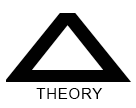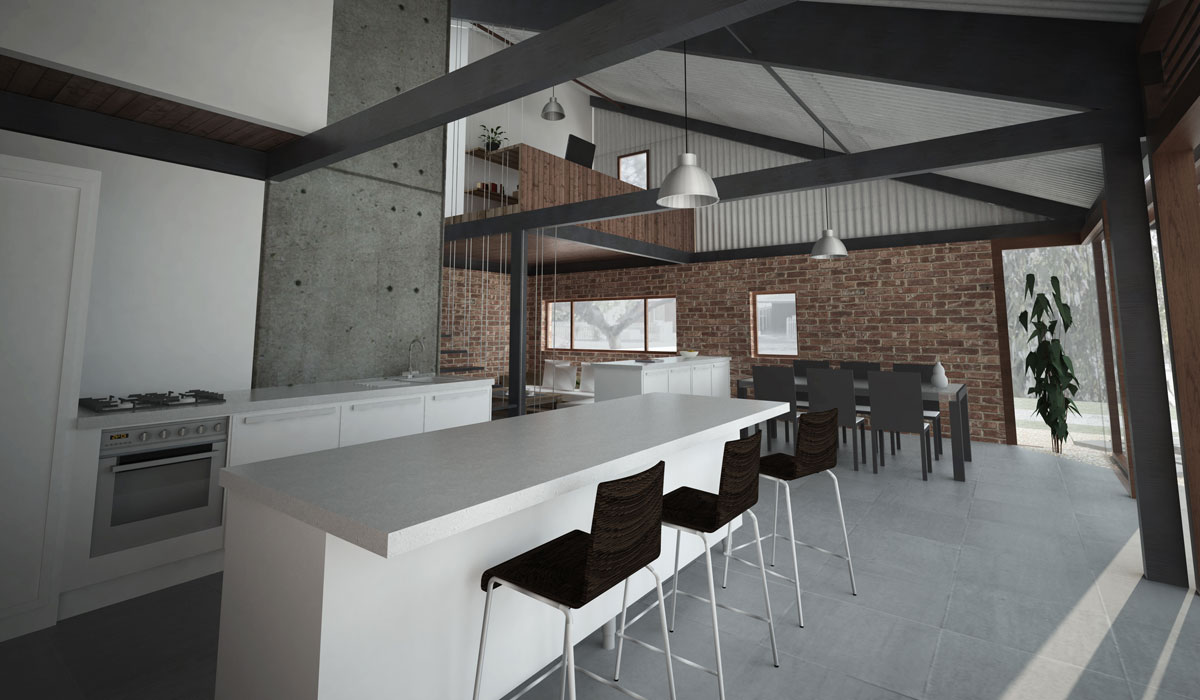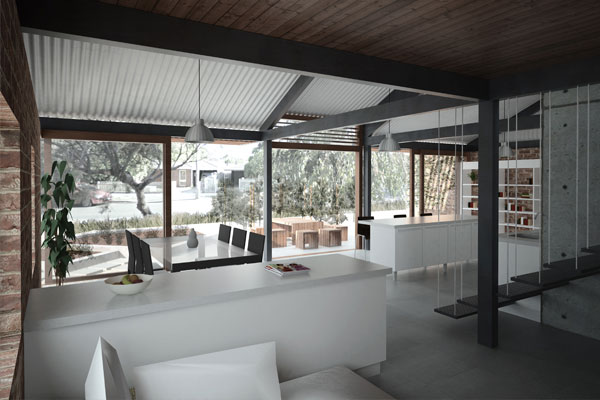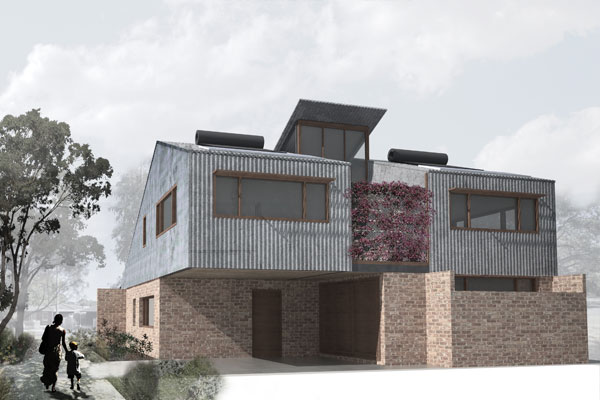






 |
| Tel: +61 423 601 604 - Email: architect@andrewtboyne.com |
 |
||
|
GENERATION Y DEMONSTRATION HOUSE Competition Entry, Finalist 2014 White Gum Valley, Western Australia |
||
|
This design was a finalist in the Generation-Y Demonstration House competition conducted by Landcorp. The proposal accommodated Generation-Y occupants in a tiny 250m2 lot, while maintaining the advantages of the suburban lifestyle. Instead of creating a townhouse without a town, or apartments without the amenities of the city, the design efficiently used the limited space to provide a generous yard and the connections with open space that make suburban lifestyle attractive. It achieved this while providing dynamic internal spaces, low energy usage, and flexible living arrangements. |
||
 |
 |
|
|
The design dealt with the central problem of
affordability by resisting the temptation to bring prices down through
providing worse accommodation than the market (which could be achieved
through smaller livable areas, unusual ownership structures or less
amenities), and instead facilitated a flexible occupation arrangement
that allowed Generation-Y investors to let out a portion of the house to
supplement their mortgage. The house has been designed to be partitioned
under the ancillary dwellings provisions of Western Australia's
Residential Design Codes, and allows for easy and flexible division and
reconsolidation of the property. Generation-Y is a broad categorization for people in their early teenager years through to people in their very early 30s. While it is hard to imagine that individuals with so many differences could ever be identified together as a single group, when studied as a whole they do share some key characteristics. |
||
 |
 |
|
| Generation-Y is particularly ambitious and see work with a single employer as a 2-3 year commitment. This is well below the 6 years that the rest of the population expects. Because they are ambitious, Generation-Y is also more open to work-based transfers. Constantly changing work arrangements will likely mean that Generation-Y moves house a number of times through their professional careers. Unable to make a long term commitment to a singular location, it is also likely that Generation-Y will continue to look for shorter term, flexible living arrangements. Currently 40% of Generation-Y households are non-free standing houses, and non-traditional living arrangements such as shared houses and room shares are becoming more prevalent. To accommodate this group, the proposed house incorporates a flexible design that can be arranged into 4 different occupation configurations. | ||
 |
 |
 |
 |